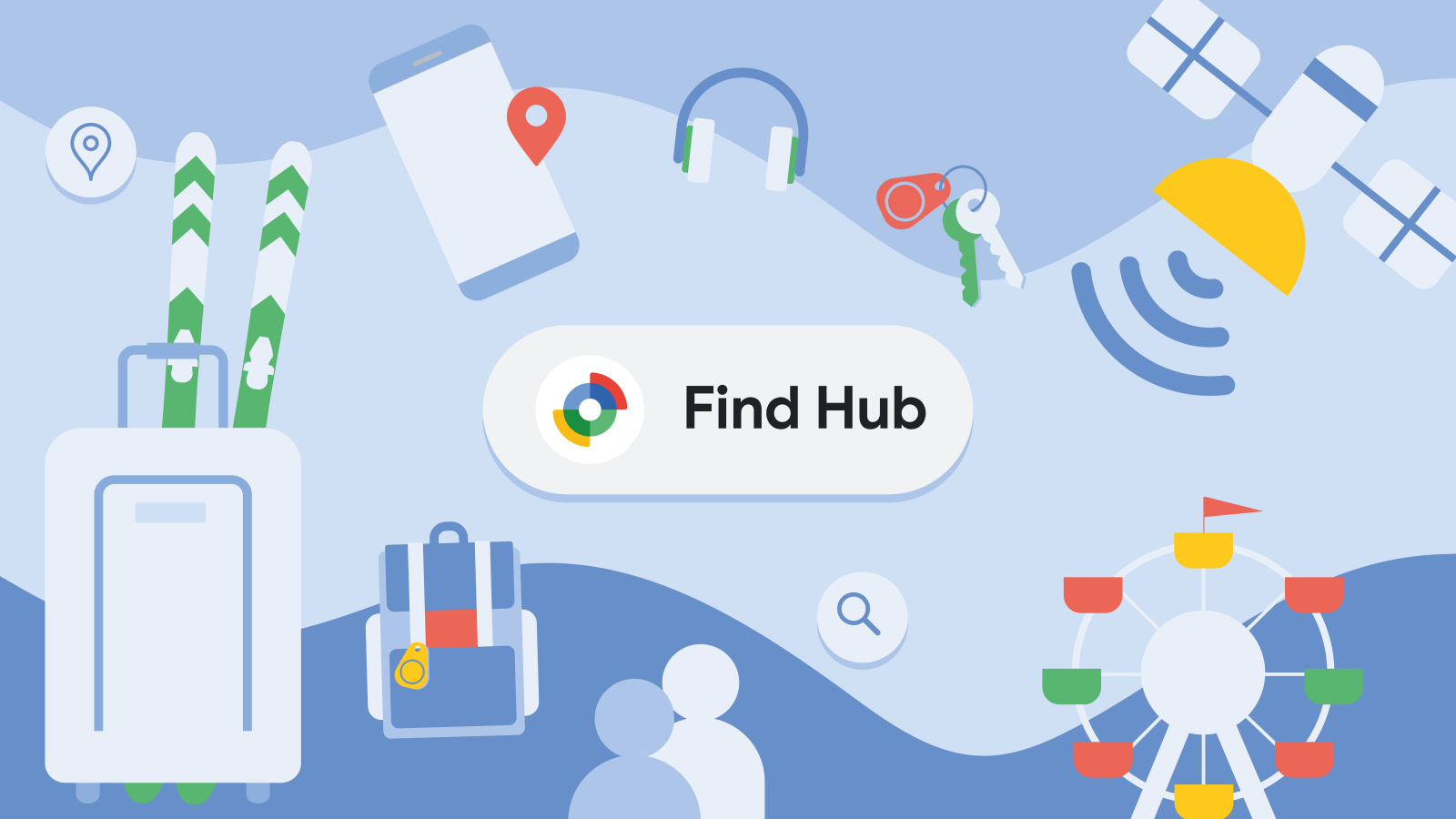
Contents

Sign in to your Android Police account

Summary
- Google Pixel devices and Moto Tags support Ultra-Wideband (UWB) at a hardware level, but with a lack of software support, haven’t been as useful as Apple AirTags and iPhones.
- Google is rebranding the Find My Device app to Find Hub and introducing UWB support later this month, with satellite connection support in the cards too.
- UWB support for tags and gadgets, collaboration with luggage brands and Disney-themed tags is also planned.
Losing a smartphone or any other precious belonging can be nerve-wracking. In recent years, support for military-grade technologies like LiDAR and Ultra-Wideband (UWB) has trickled down to smartphones and dedicated object trackers. Most Android devices had to watch from the sidelines while iPhones and flagship Google phones packed UWB. That changes now alongside a significant redesign of the search titan’s Find My Device app.

Related
How to find your Android phone if you lost it
Don’t sweat when you lose access to your Android phone
While Apple surged ahead with UWB in iPhones and AirTags, Android users haven’t had software-side support for this location tech. Instead, we’ve had a rather basic Find My Device app that requires signing in to the same Google account you’ll use for recovery, only to offer vague device location to help reunite owners with lost belongings. Unlike UWB and its directional nature that helps locate objects down to the last few meters, Find My Device relies on the device’s GPS data, offering the option to remotely wipe internal storage as a last resort.
Newer devices like the Google Pixel 9 Pro and Pixel Watch 3 support UWB at a hardware level, but practical applications for finding one of those gadgets if you lose the other aren’t supported by Find My Device. Ahead of its annual developer conference called I/O this year, Google is unveiling the user-facing Android changes early, and one of those is a complete overhaul of the Find My Device interface.

Source: Google
The company told us the app is now evolving into something called Find Hub, a centralized dashboard of sorts from where you can locate any compatible tagged item or just check in on where they are in real time. We believe the switch to Find Hub is more than just a fresh coat of paint and a new name. This Google app was in desperate need of a redesign, and grouping all your devices together, separate from those of people you know in a simplistic two-tab UI is a great step in that direction.
UWB support finally has a rollout timeline now
The hardware lays in wait

Source: Google
However, the biggest functional improvement is the much-awaited UWB support for Find Hub. The company said that “later this month” close range location capabilities will be available for UWB-enabled tags and gadgets, starting with the Moto Tag.
Google also boasted of plans to expand the range of compatible tagged products in collaboration with luggage brands July and Mokobara, and Disney-themed tags from Pixbee. More products to choose from is never a bad idea, especially considering how challenging tag concealment can get on items that don’t have a discrete receptacle for them already.
Lastly, Google also committed to integrating satellite connectivity with Find Hub sometime this year. Given the company’s steady cadence of AI development and relatively stagnant hardware-related priorities, we wouldn’t suggest holding your breath for this one. For now, Moto Tags you have will soon unlock their full potential if your phone supports UWB.

Moto Tag
Designed with Google’s Find My Device network in mind, Motorola’s Moto Tag is capable of keeping an eye on your valuables, even when you’re miles away. And now, it’s becoming the first tracker to support precise UWB finding with Google’s updated Find Hub app.
What’s your reaction?
Love0
Sad0
Happy0
Sleepy0
Angry0
Dead0
Wink0
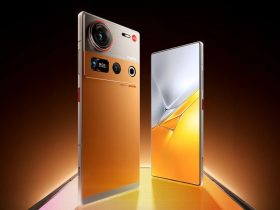

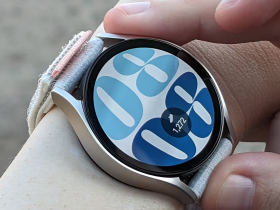
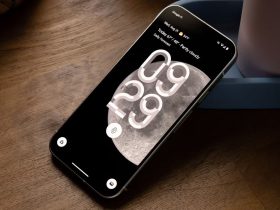
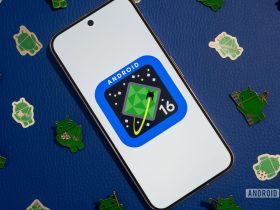

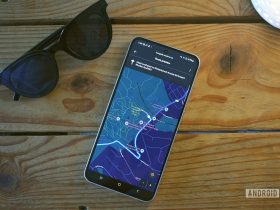
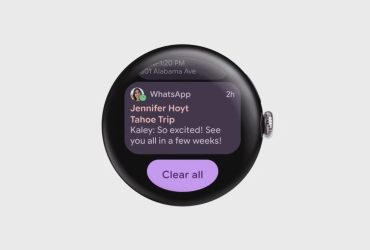
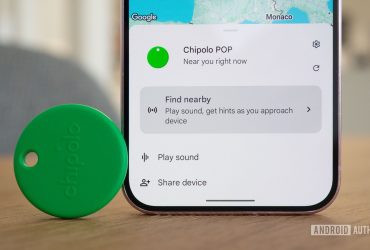
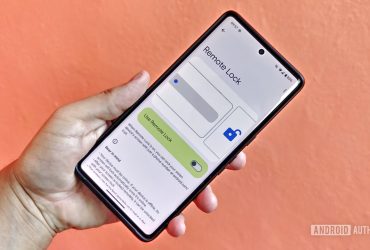
Leave a Reply
View Comments